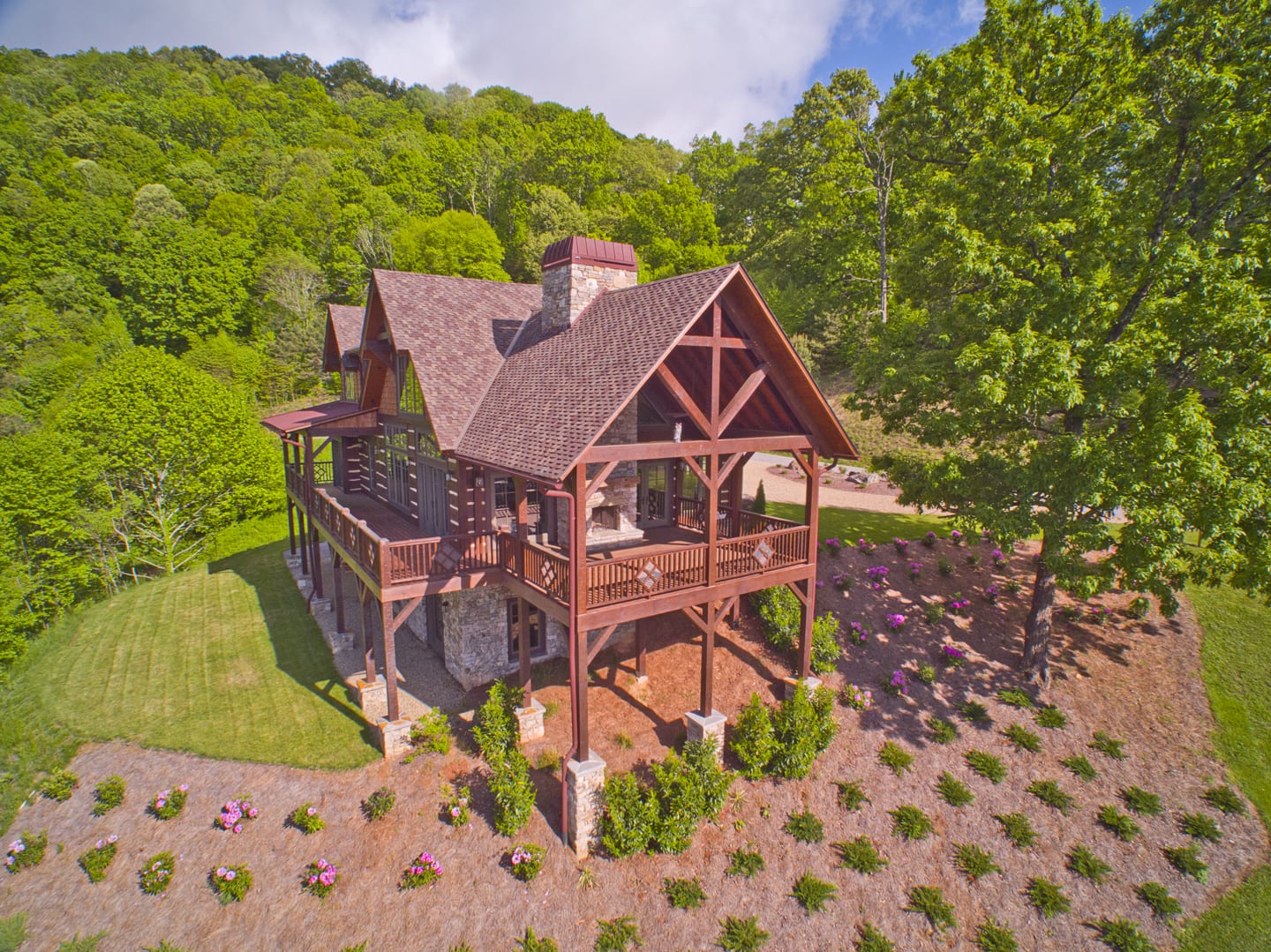
Living in the mountains, you have the most gorgeous backdrop all around you. The beauty of the natural scenery is everywhere you look; however, in your own yard, there is still work to do! Landscaping your mountain home lawn is important, and it can only add to the beauty of your property.
Study Your Yard
Before you begin any landscaping, you need to take a good, long look at your yard. Study it! Take note of the soil in the yard. Is it rocky, damp, dry, or are there lots of tree roots? Which areas of the lawn get full or partial sunlight? Which areas are shady throughout the day? Does your yard have lots of slopes? All of these factors will affect the plants and grass in your yard and are key to landscaping.
Reflect not Distract
When you live in the mountains, you have spectacular scenery all around you, every day. When landscaping your mountain home, you want to reflect the beauty of the mountains, not distract from it. Your house and yard should fit in with the natural surroundings and not disrupt or stand out like a sore thumb. Choose trees, shrubs, and plants that belong in the mountains. This is not the place to experiment with unusual plants or to try to bring another region’s vegetation to the mountains.
The same is true for outdoor features and entertaining spaces in your yard, such as fire pits walkways, and water features. Let the structures mirror the environment. Stones and wood are great materials to use in your landscaping. Stone walkways, retaining walls, and fire pits echo the natural elements. Wooden stairs, outdoor seating, and flowerbed markers also reflect the mountains.
Go Native
When it comes to choosing plant life for your yard, only choose trees, bushes, plants, and flowers that are native to the Western North Carolina Mountains. These plants will survive and thrive in the climate and cold winters. Plus, native plants are already a part of the mountain ecosystem. You have to be really careful not to introduce plants that are not a part of a long-standing ecosystem. These plants don’t fit in and could even harm the delicate balance of nature in the area. (Think about kudzu, which was not native and once it was introduced into an area, it took over! Kudzu smothers the plant life and steals vital nutrients from it.) To make sure you are choosing native plants, visit an established nursery in the area and ask questions about the best ones to buy.
North Carolina Native Plants to Get You Started
The list that follows includes flowering plants and greenery that are natural to the mountains of NC and grow well.
- Wood-Anemone (sometimes called Thimbleweed):
- 1 foot high
- white flowers
- grows well in moist, well-drained soil
- Carolina Lupine:
- thrives in full sun
- well-drained soil
- yellow spires of its sweet pea-like flowers
- four feet tall.
- Northern Maidenhair Fern:
- grows best in a shady spot
- moist, humus-rich soil
- will reach two feet tall
- a slow grower
- Dwarf Crested Iris:
- blooms in the early spring
- blue-violet flowers
- grows in the full sun
- moist, well-drained soil
- reaches up to 3-6 inches tall
- Eastern blue star:
- blooms in spring
- periwinkle flowers
- delicate shrub like plant
- grows in the full sun
- moist, well-drained soil
- 4 feet tall
- Swamp Milkweed:
- attracts Monarch butterflies (only thing they eat)
- grows in full sun
- moist soil
- 4 feet tall
- purple flowers
(For more information on the plants listed, visit the Our State website.)
Think Big Picture
Landscaping does not mean to only plant flower beds or shrubbery around the house. Your entire yard, front and back, are all a part of your landscaping. Spaces of grass for the kids or pets to run and play are things you should include when mapping out your lawn. Think about outdoor entertaining areas and consider if you want or need vegetation near them. For example, if you decide on a fire pit, it is probably not the best idea to have shrubbery close to it that could accidentally catch fire. Maybe go with pea gravel or pebbles instead. If you have a swimming pool, maybe plant privacy bushes or trees around it. These are all a part of the landscaping.
Plant a Tree
When planting your yard, don’t forget the trees. Many people buy flowers, bushes, and greenery but forget how much beauty tress can add to the lawn. If your house has a side with full sun exposure, that can make the house very hot in the summer, which can cause the air conditioning to run longer than needed to cool off the house. That increases energy bills. Plant trees that will grow to be tall in areas that you do not want full sun exposure during the warmer months. The shade will help keep the house cooler. There are also smaller decorative trees that can really make your yard attractive. Again, visit a local nursery and ask about which native trees are best for shade and decoration. A fun idea for Western North Carolina is to plant an apple tree, since WNC is the apple capital of the southeast.
Landscaping your mountain home yard is essential to maintain your property value and to create a lovely appearance. It is easier than you think to design the lawn of your dreams. Study your yard, think about things you want or need to make your yard useful and appealing, and remember to mirror the natural mountain setting.
—
Reference Sources for this Article:
- https://www.ourstate.com/native-plants-in-north-carolina/
- https://living.thebump.com/north-carolina-landscaping-ideas-14174.html
- https://projects.ncsu.edu/project/treesofstrength/benefits.htm

